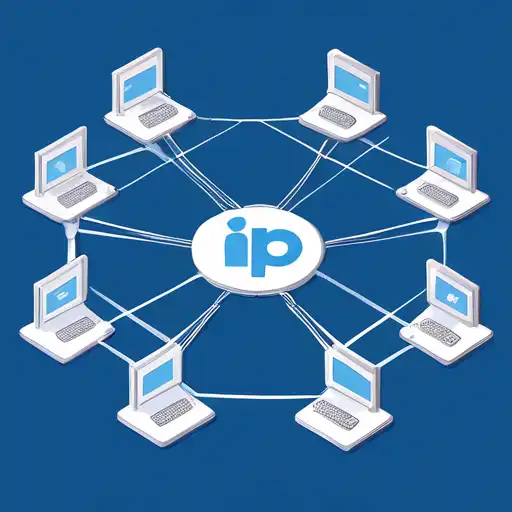Introduction to IP Addresses
In the digital world, an IP (Internet Protocol) address is akin to a home address for your device, allowing it to communicate with other devices on a network. Understanding IP addresses is fundamental for anyone looking to grasp the basics of networking. This guide will walk you through the essentials of IP addresses, their types, and their role in the internet ecosystem.
What is an IP Address?
An IP address is a unique identifier assigned to each device connected to a network that uses the Internet Protocol for communication. It serves two primary functions: identifying the host or network interface and providing the location of the host in the network.
Types of IP Addresses
There are two main versions of IP addresses in use today:
- IPv4 (Internet Protocol version 4): The most widely used version, consisting of four numbers separated by dots (e.g., 192.168.1.1).
- IPv6 (Internet Protocol version 6): Developed to deal with the exhaustion of IPv4 addresses, it uses a more complex format (e.g., 2001:0db8:85a3:0000:0000:8a2e:0370:7334).
How IP Addresses Work
When you type a website's name into your browser, a Domain Name System (DNS) server translates the name into an IP address, directing your request to the correct server. This process is crucial for the seamless operation of the internet.
Public vs. Private IP Addresses
IP addresses can be categorized as public or private:
- Public IP Addresses: Assigned by your Internet Service Provider (ISP), these are used on the wider internet.
- Private IP Addresses: Used within a local network (like your home or office), these are not routable on the internet.
Dynamic vs. Static IP Addresses
IP addresses can also be dynamic or static:
- Dynamic IP Addresses: Temporarily assigned by the network and can change over time.
- Static IP Addresses: Permanently assigned to a device and do not change.
The Importance of IP Addresses in Networking
IP addresses are the backbone of internet communication, enabling devices to find and communicate with each other. Without IP addresses, the internet as we know it would not function.
Conclusion
Understanding IP addresses is a crucial step in mastering networking basics. Whether you're setting up a home network or pursuing a career in IT, knowing how IP addresses work will provide a solid foundation for further learning. For more insights into networking, explore our guides on Networking Basics and Understanding DNS.
